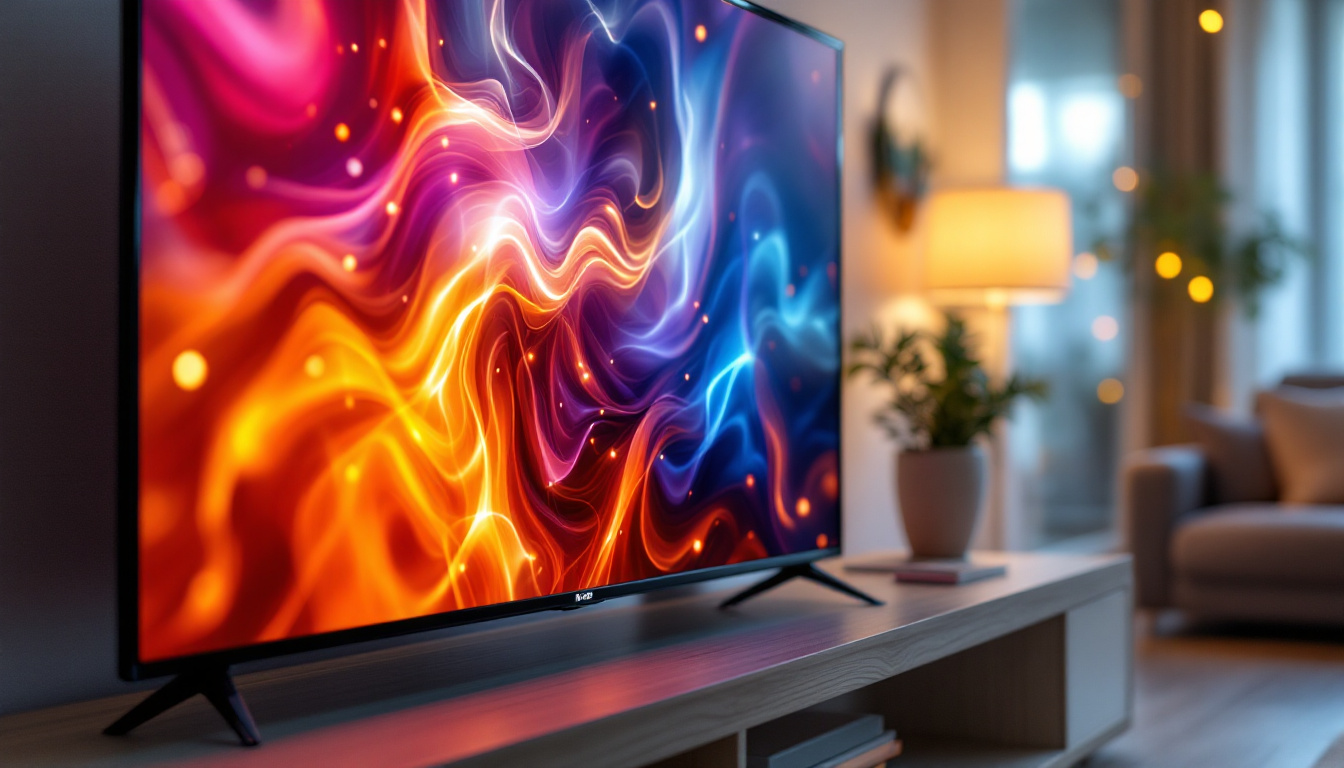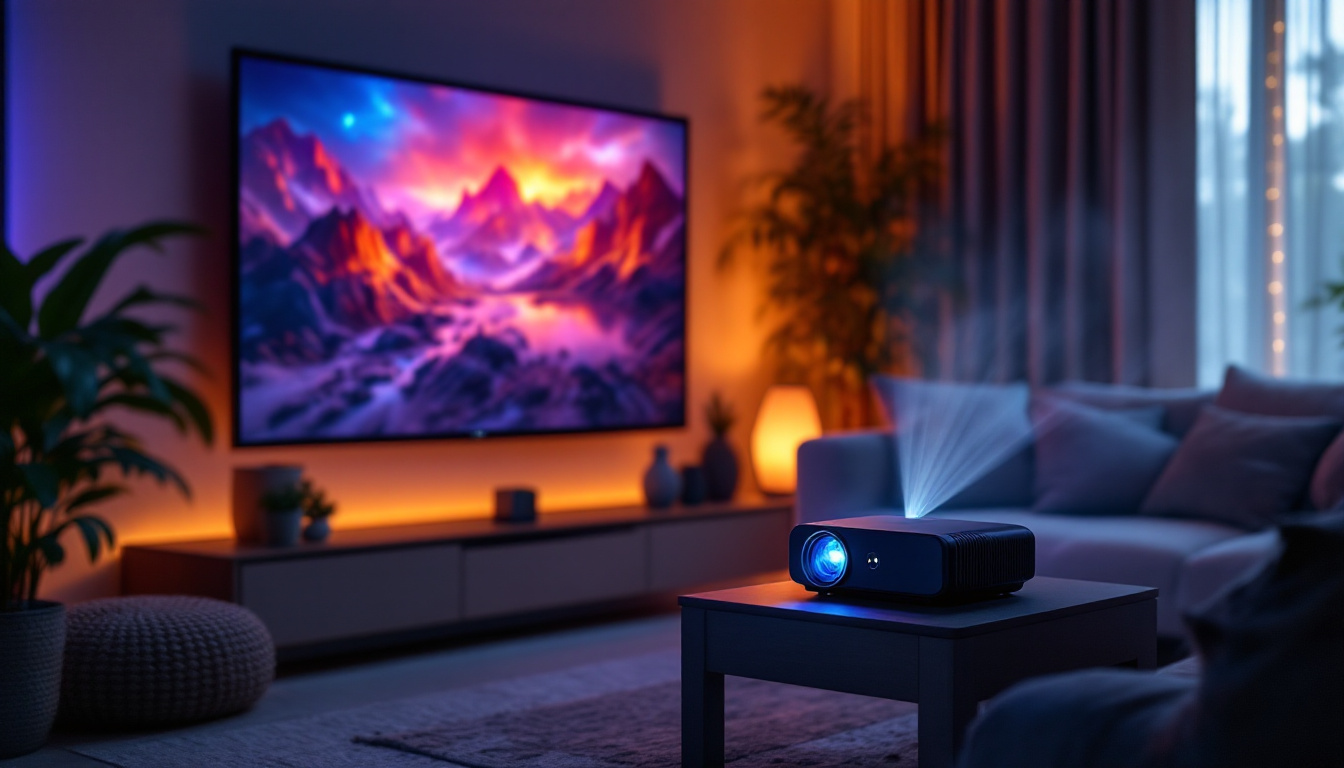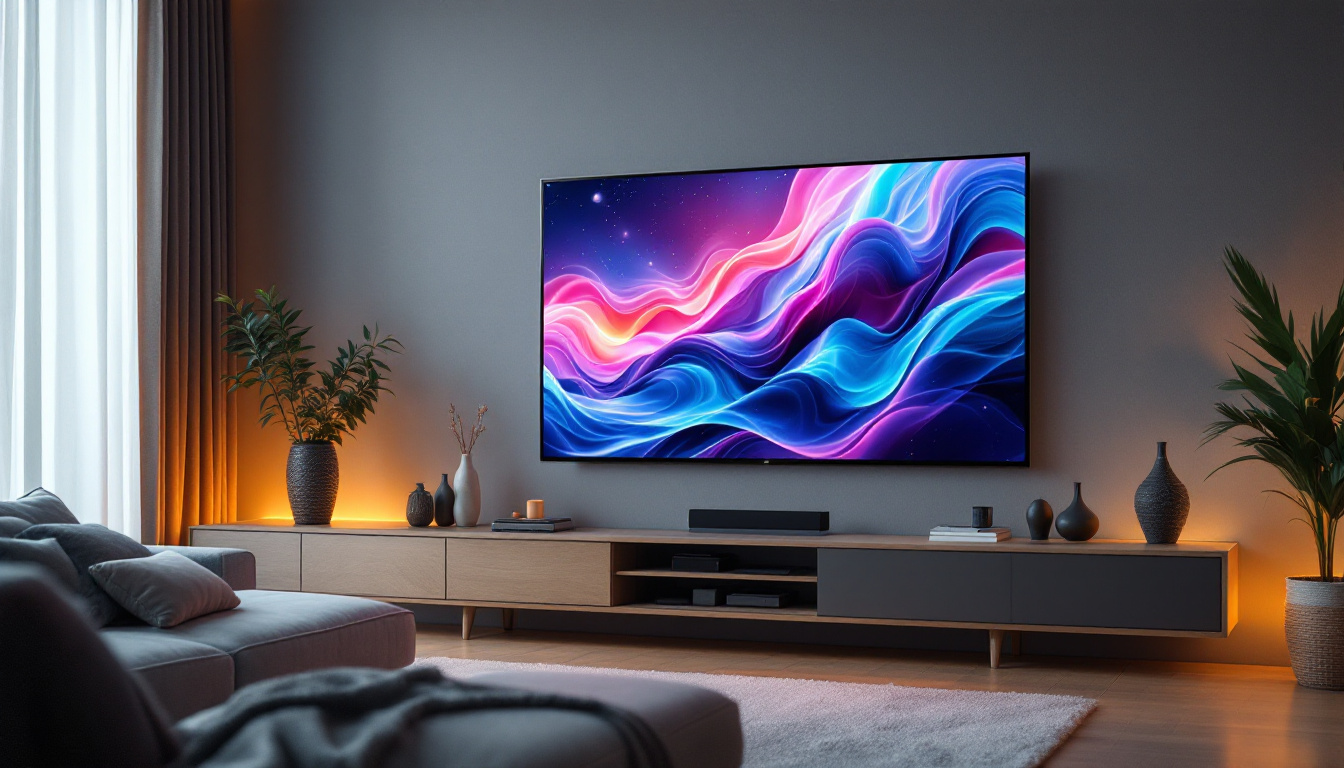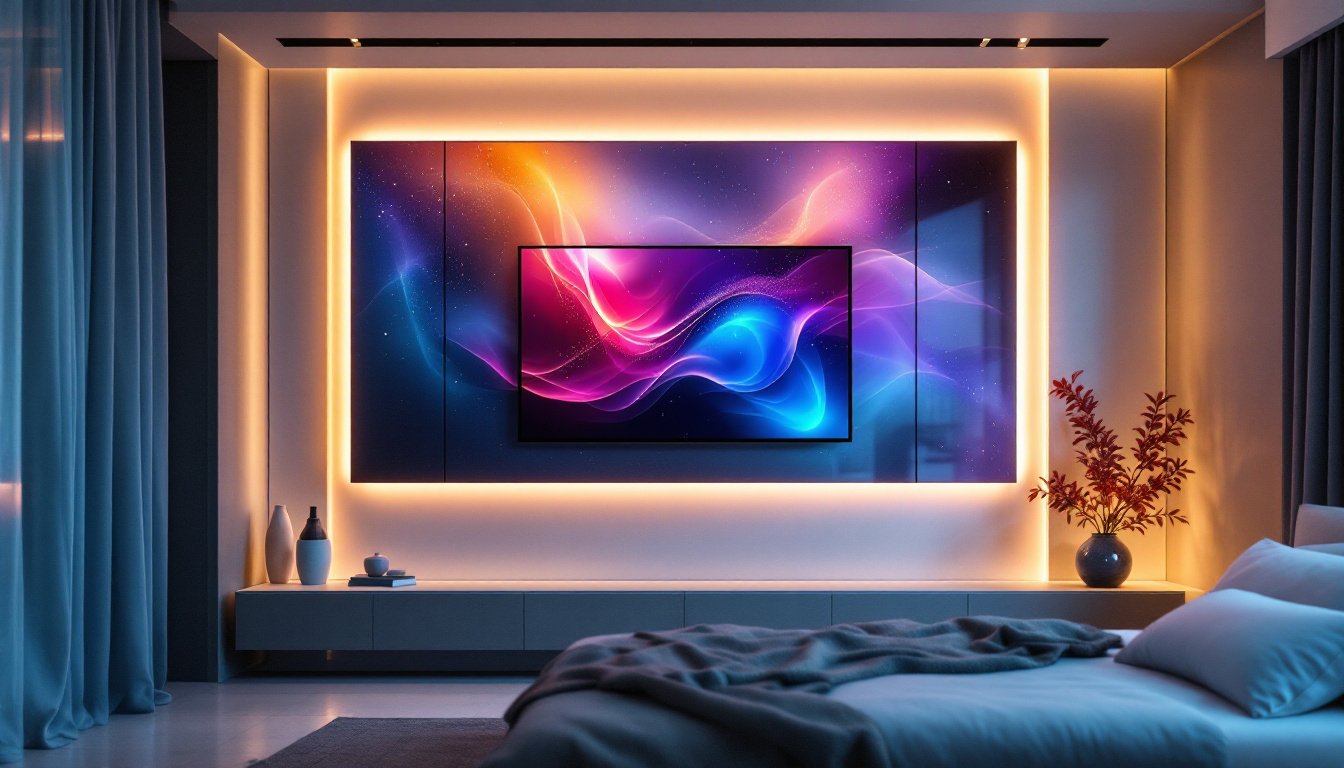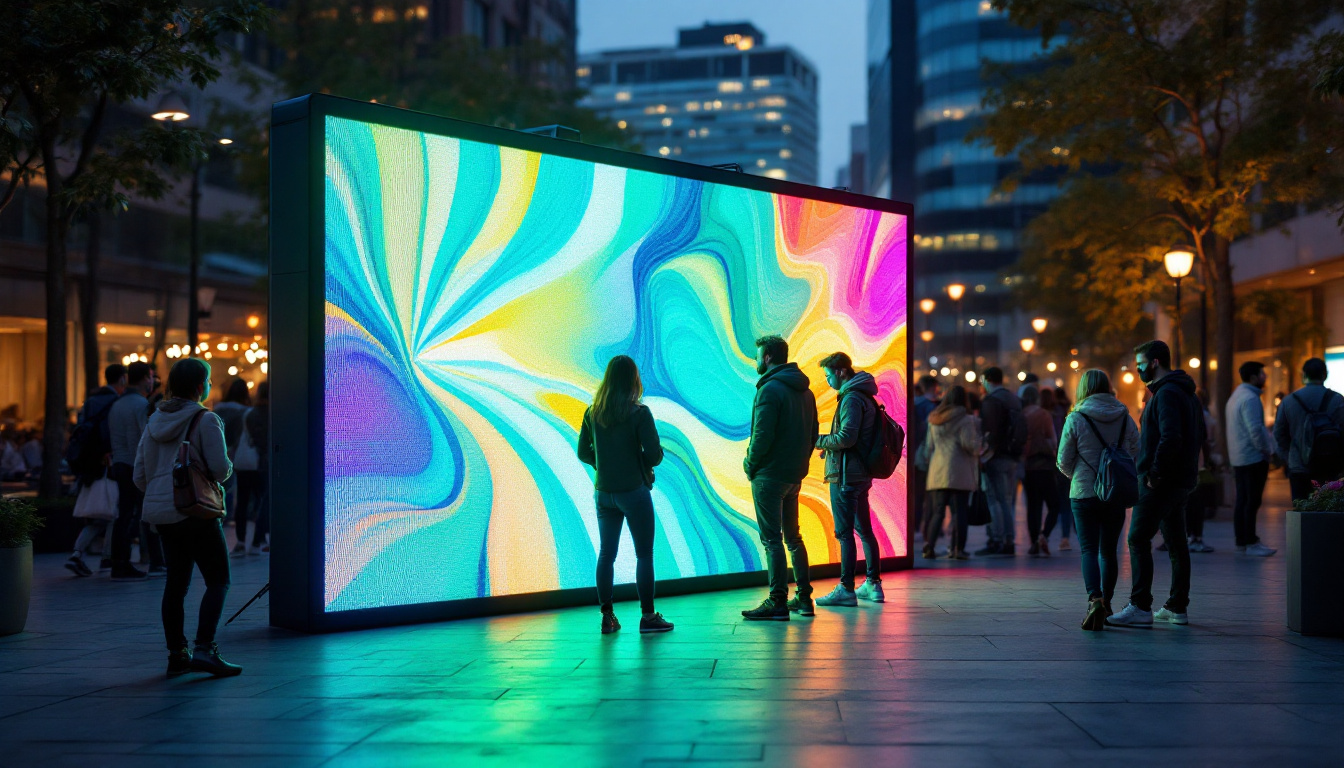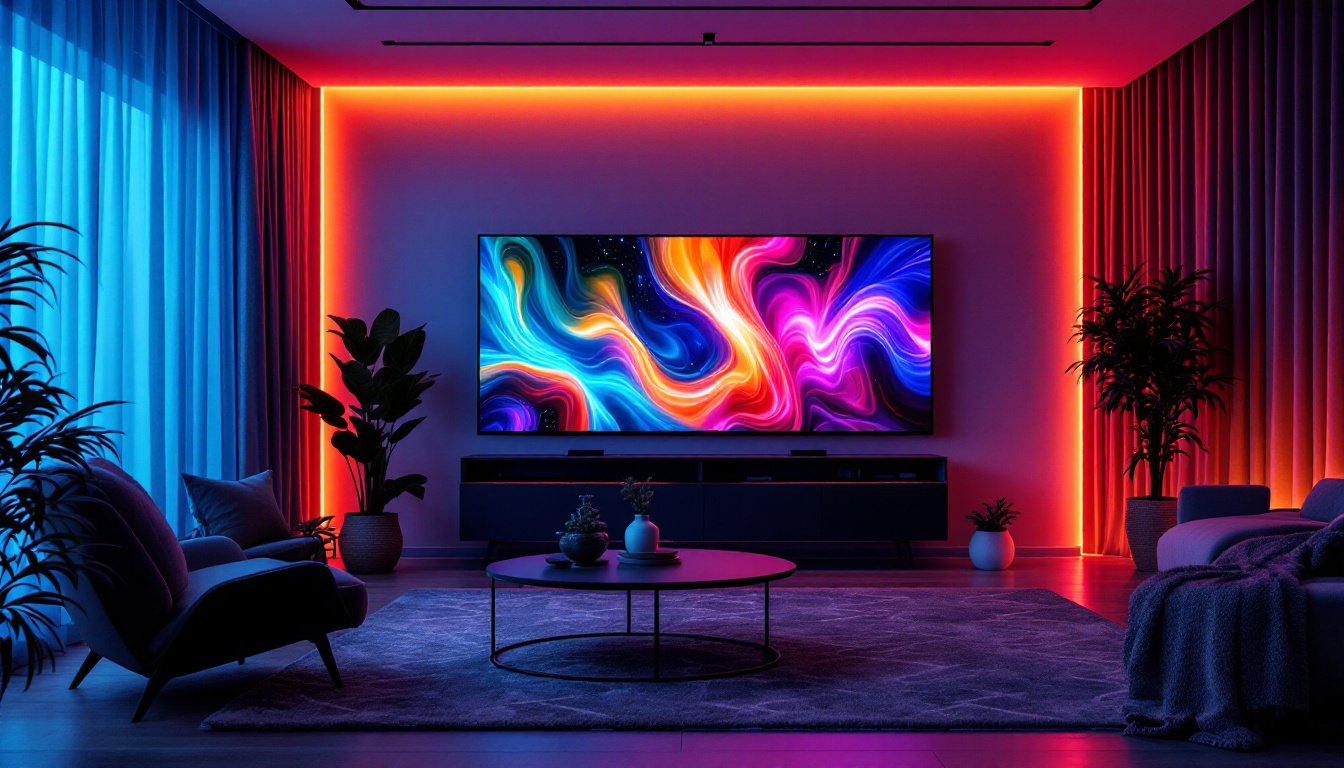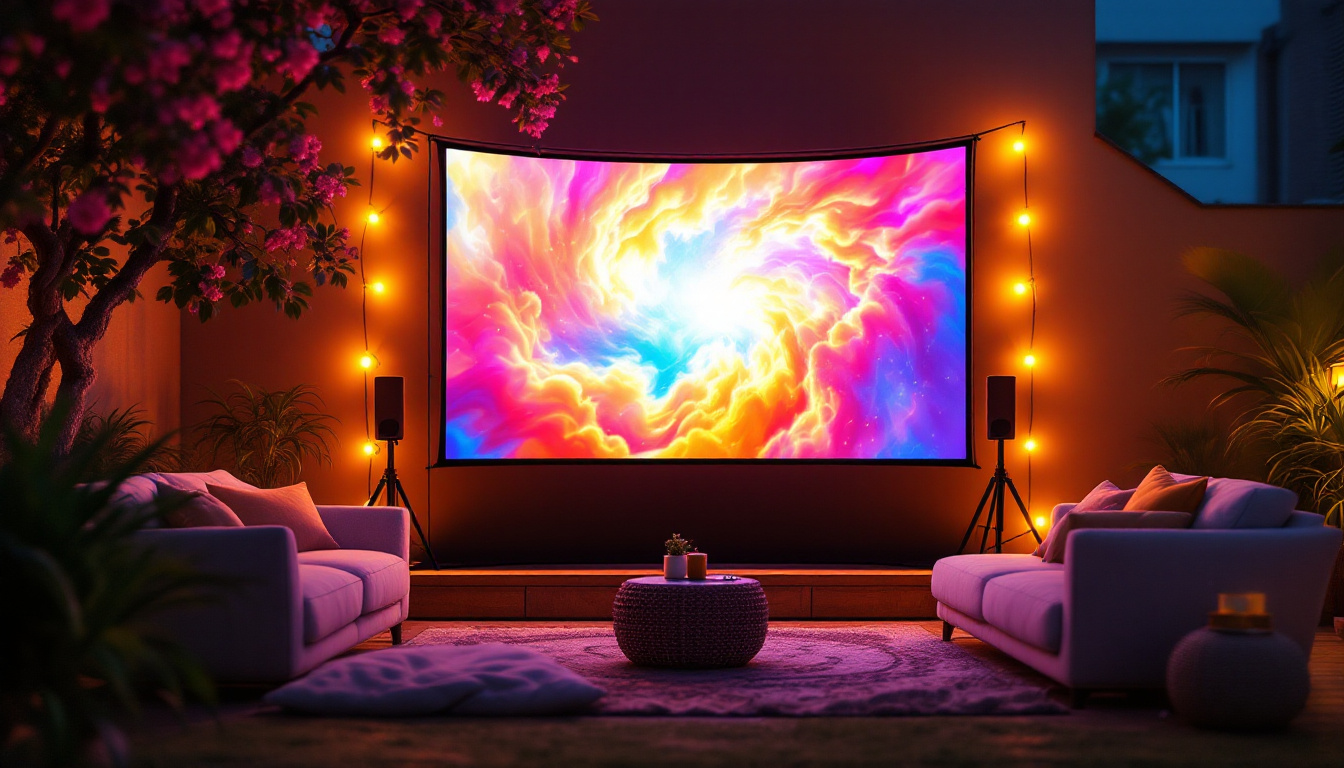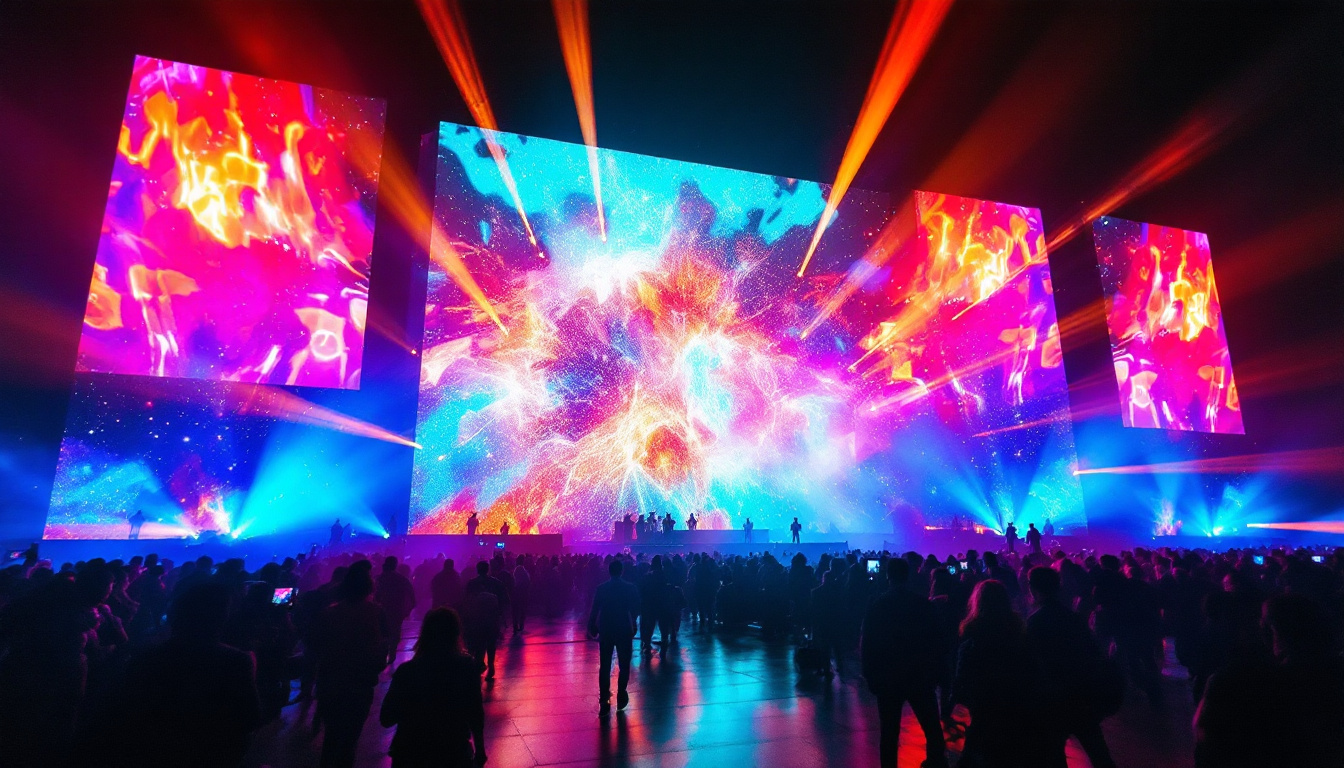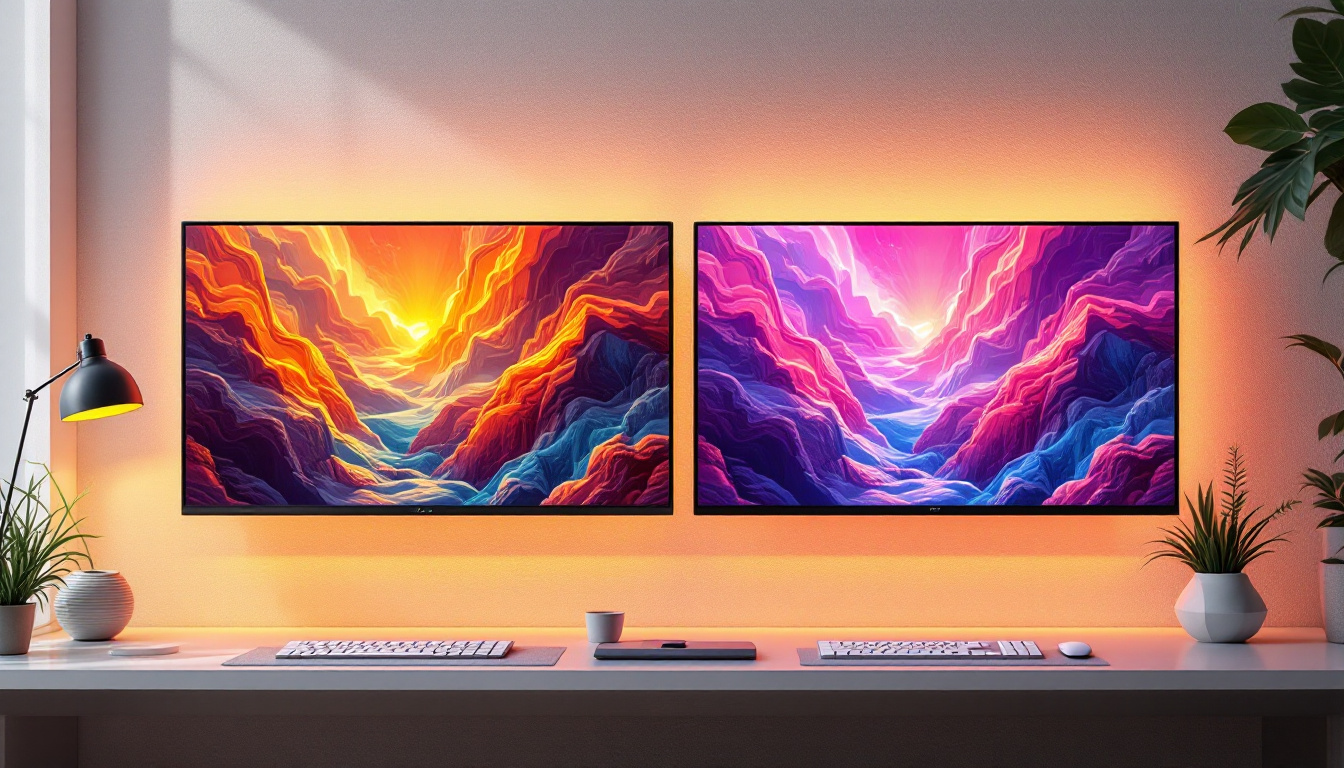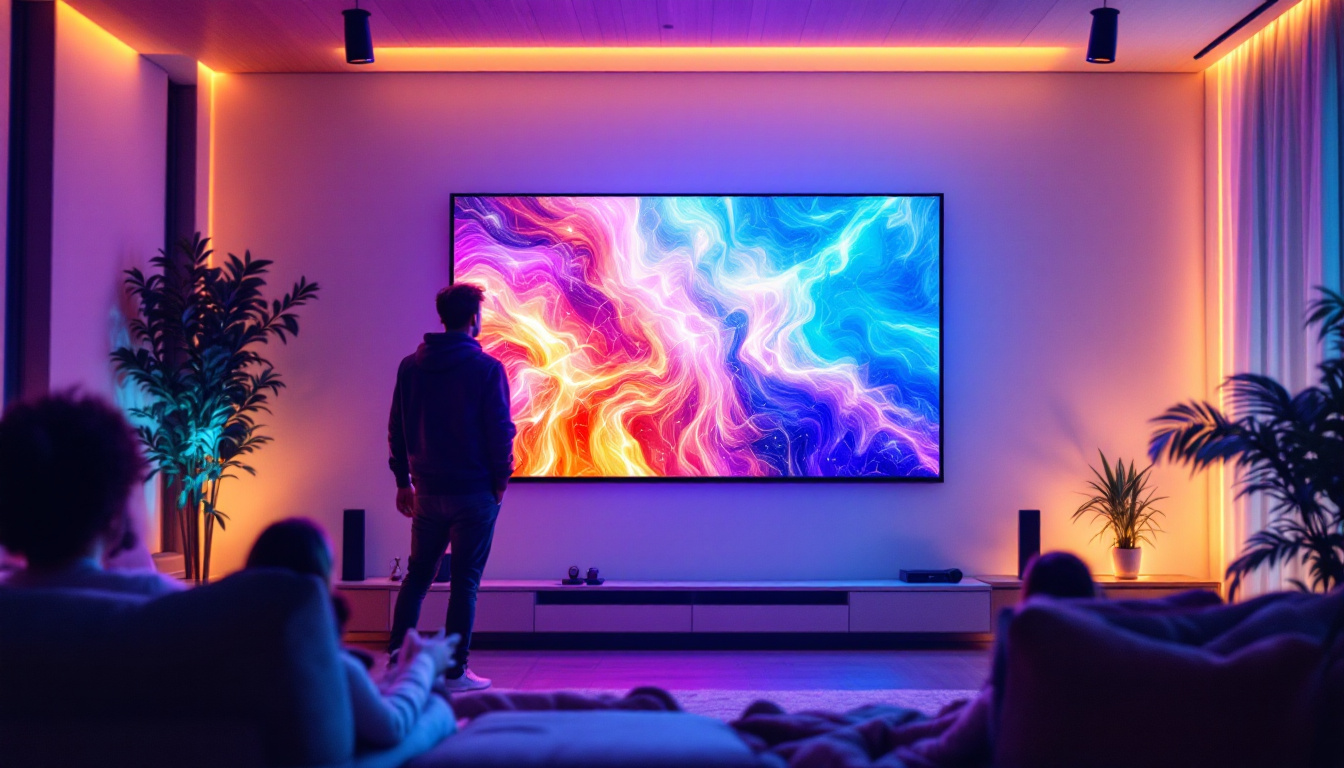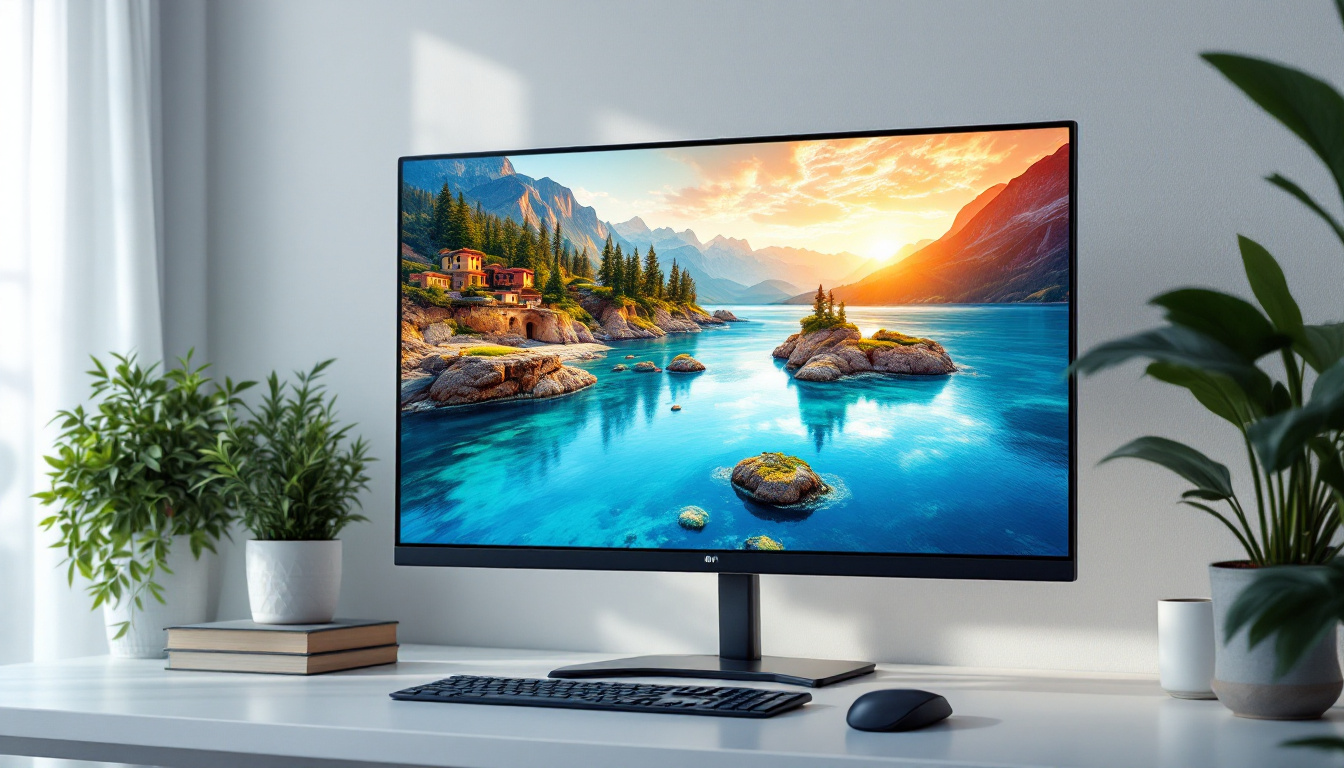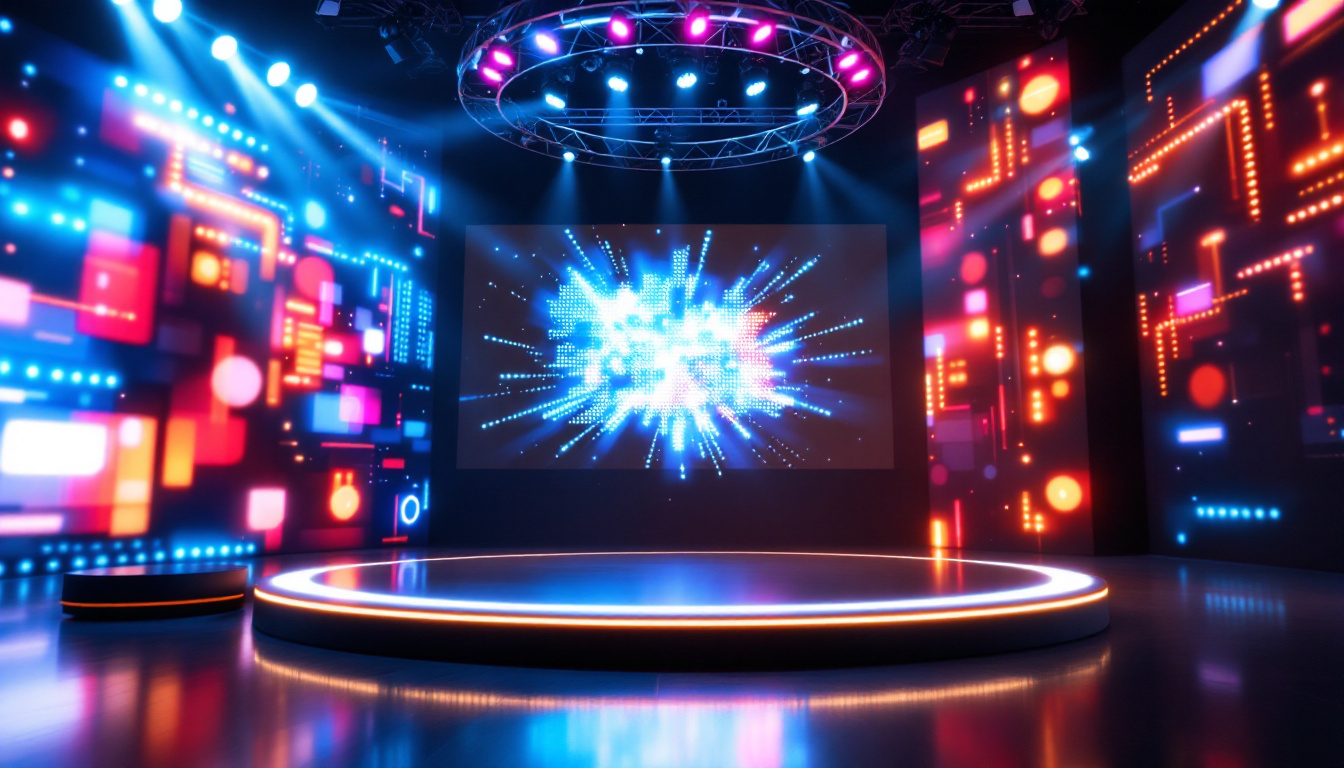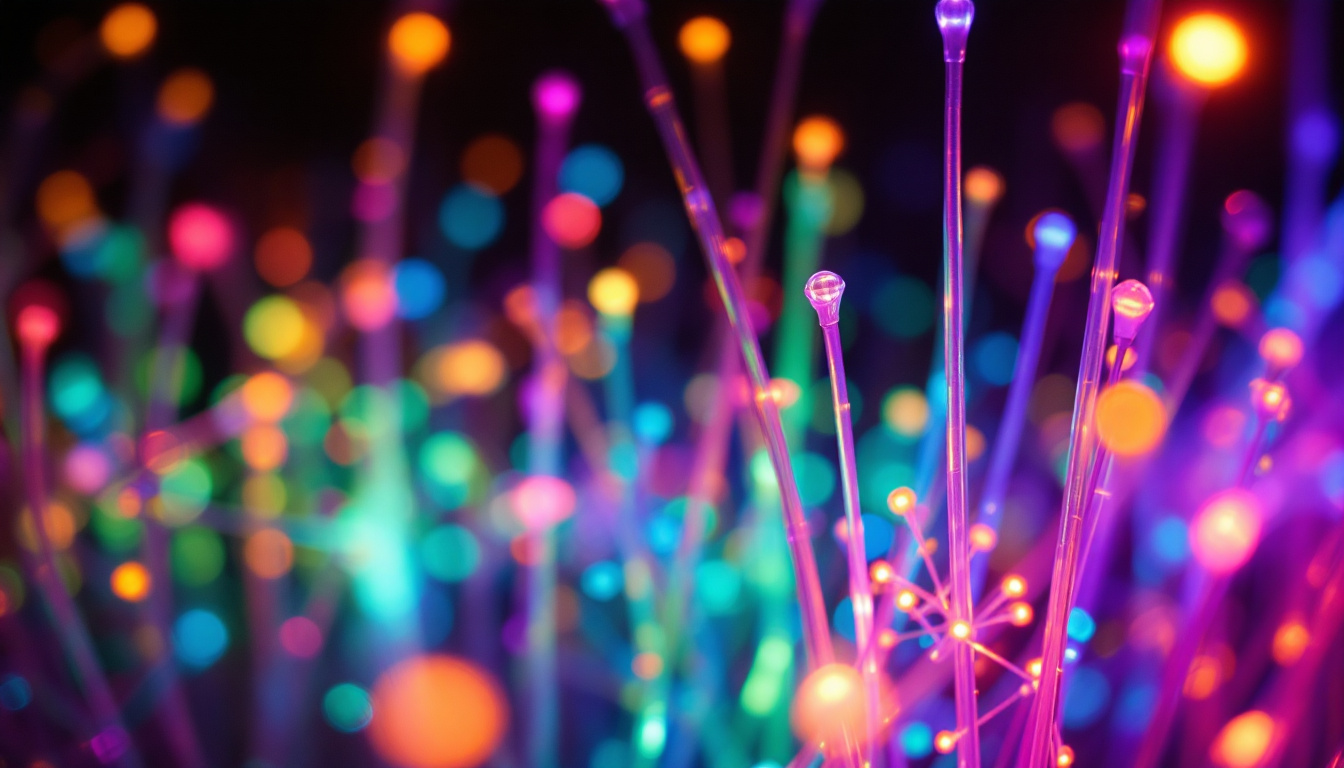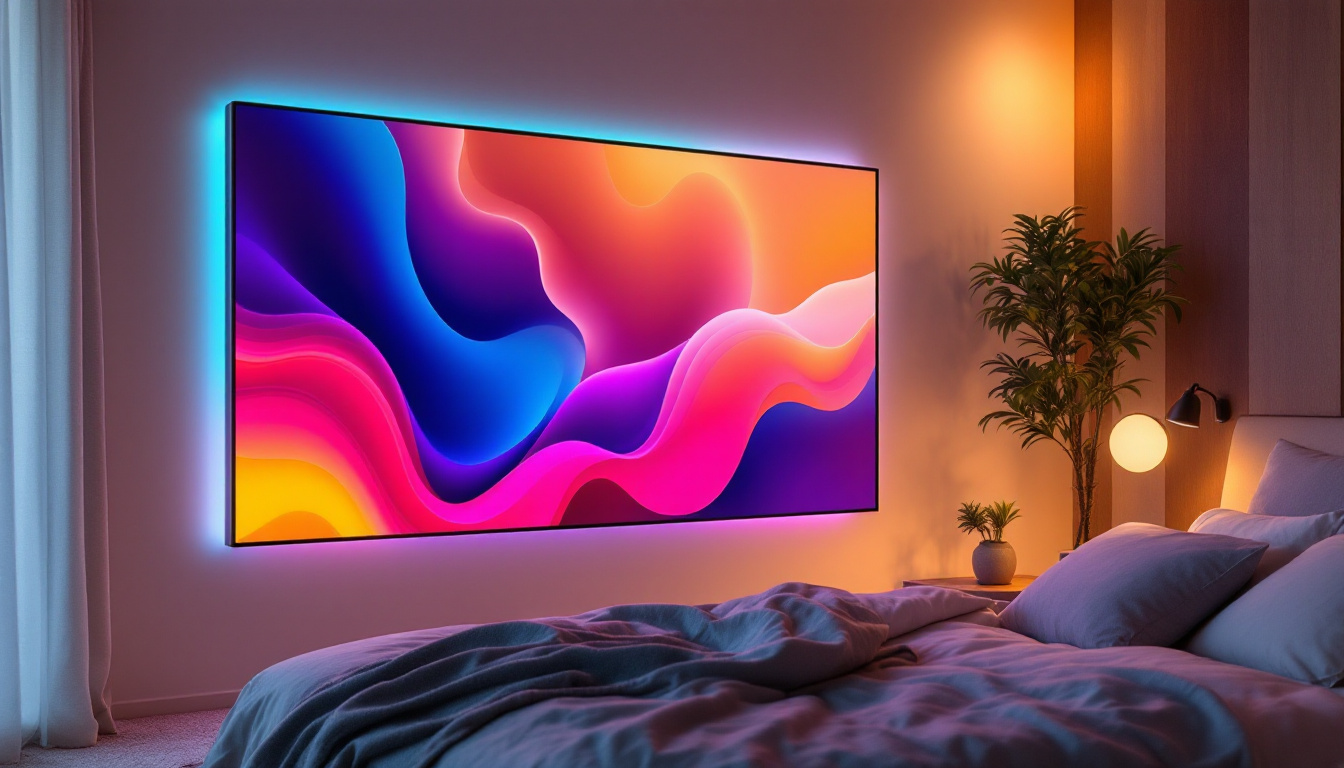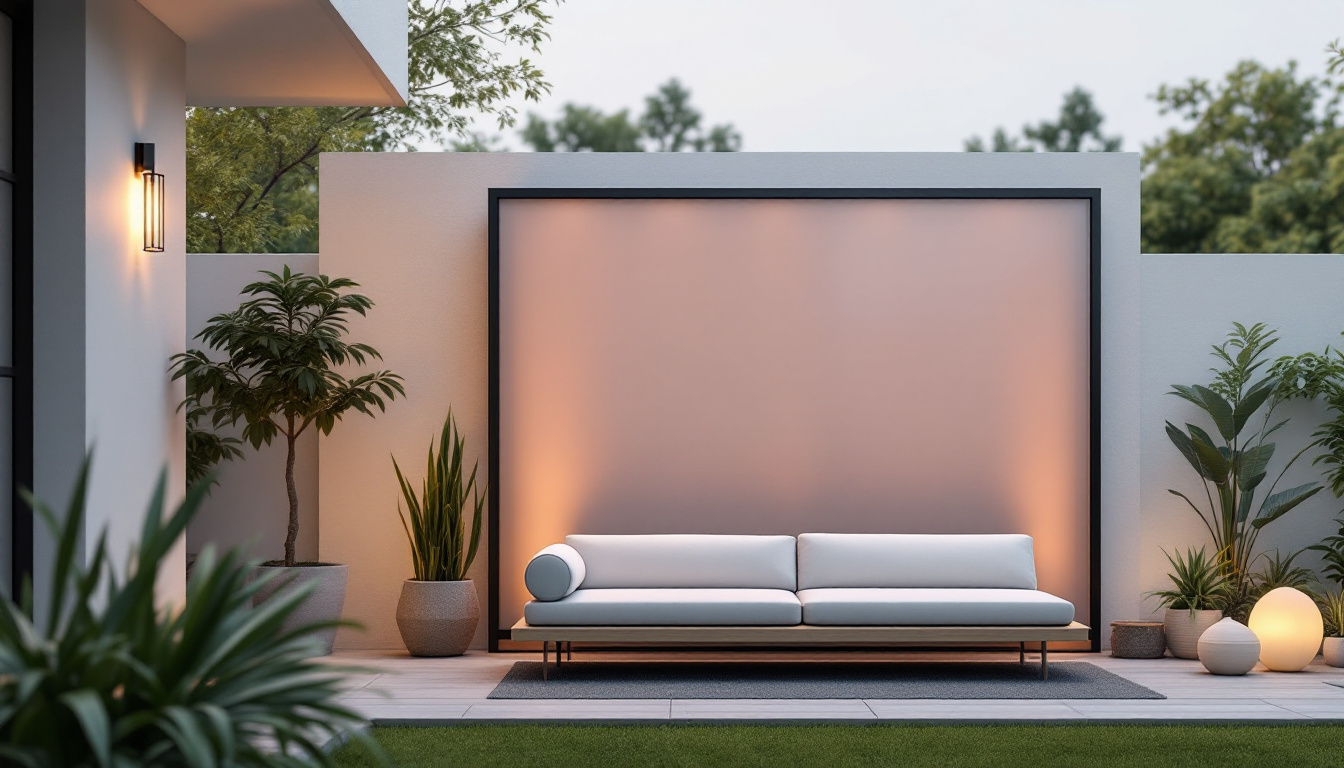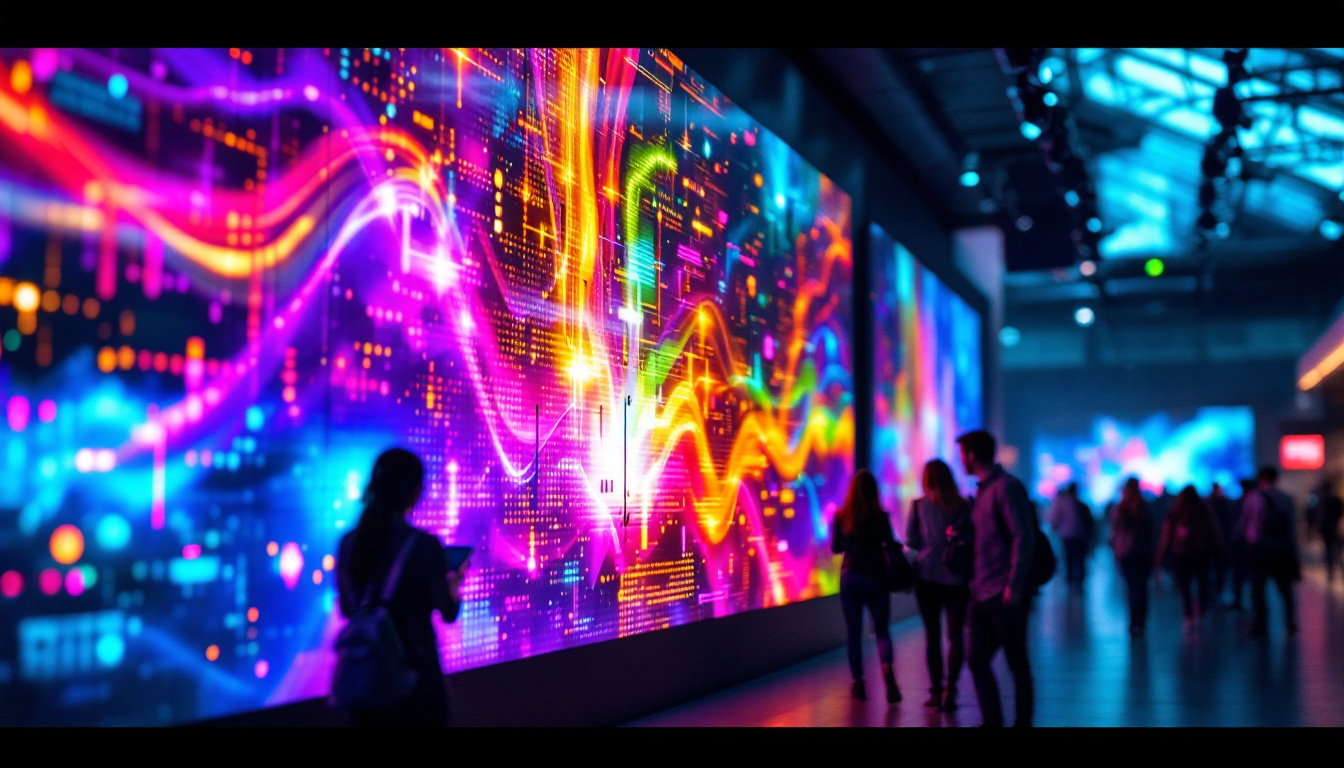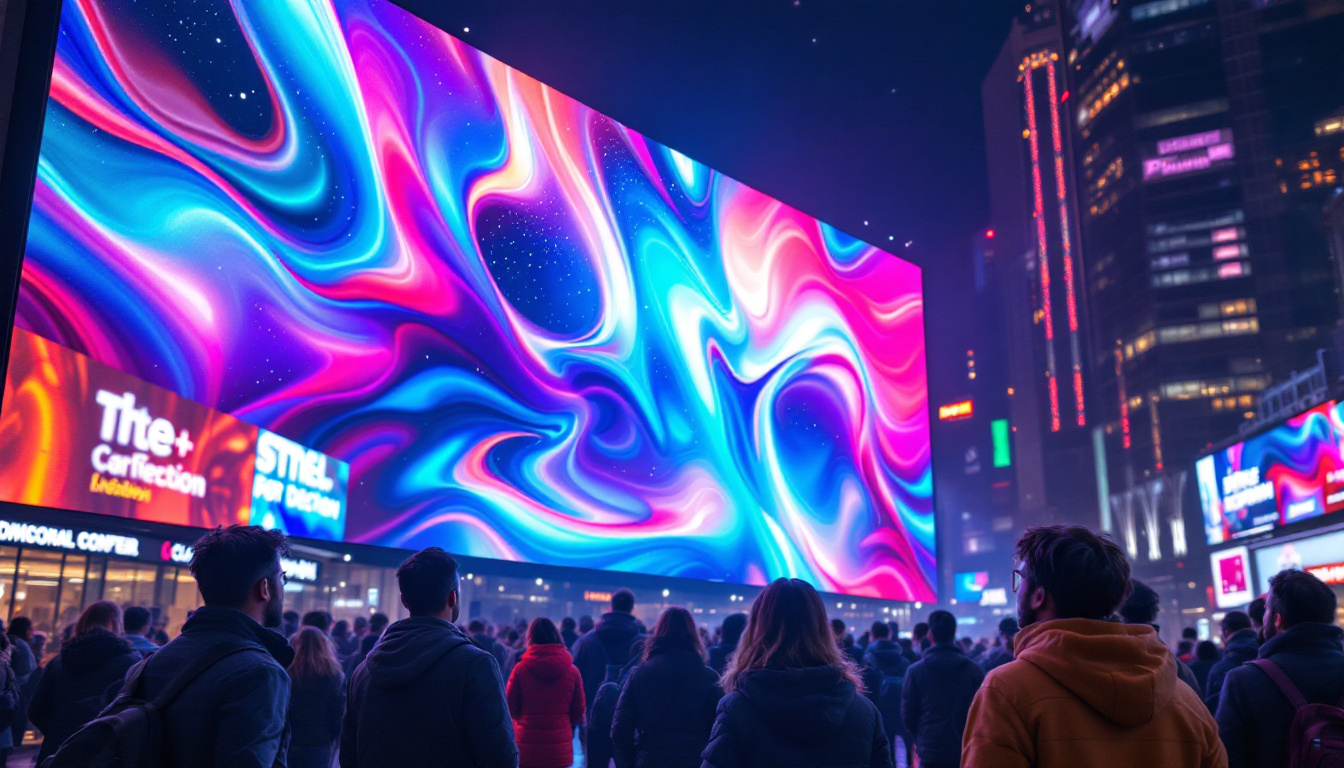In the ever-evolving world of technology, the way we consume visual content has undergone a remarkable transformation. One of the most significant advancements in display technology is the rise of LED displays, particularly in the realm of televisions. Tile TVs, which utilize LED technology, have gained popularity for their impressive picture quality, energy efficiency, and sleek designs. This article delves into the intricacies of LED displays, exploring their functionality, advantages, and the future of Tile TVs.
Understanding LED Technology
Light Emitting Diode (LED) technology is a method of creating images on a screen by using tiny diodes that emit light when an electric current passes through them. This technology has revolutionized the way images are displayed, offering brighter colors and deeper contrasts compared to traditional display methods. The efficiency of LEDs not only enhances visual experiences but also contributes to energy savings, making them a popular choice in both consumer electronics and commercial applications.
How LED Displays Work
At the core of an LED display are the individual light-emitting diodes that form the pixels. Each pixel consists of subpixels that emit red, green, and blue light. By adjusting the intensity of each subpixel, a wide range of colors can be produced. The combination of these colors creates the full spectrum of images we see on the screen. Furthermore, the rapid response time of LEDs allows for smooth motion rendering, which is particularly beneficial for fast-paced video content, such as sports and action films.
LED displays can be categorized into two main types: direct-lit and edge-lit. Direct-lit LED displays have an array of LEDs positioned directly behind the screen, providing uniform brightness across the display. In contrast, edge-lit displays have LEDs positioned along the edges, which can lead to varying brightness levels but allows for thinner designs. The choice between these two types often depends on the intended use, with direct-lit displays typically favored for environments requiring consistent lighting, while edge-lit displays are popular in sleek, modern designs where space is a premium.
Types of LED Displays
There are several types of LED displays, each designed for specific applications. The most common types include:
- Standard LED: This is the most basic form of LED display, providing good brightness and color accuracy.
- OLED (Organic LED): These displays use organic compounds to emit light, allowing for deeper blacks and better contrast ratios. This technology is particularly favored in high-end televisions and smartphones, where picture quality is paramount.
- QLED (Quantum Dot LED): Utilizing quantum dots, these displays enhance color accuracy and brightness, making them ideal for high-definition content. QLED technology is often found in premium televisions, providing viewers with vibrant colors and an immersive viewing experience.
In addition to these types, there are also specialized LED displays such as MicroLED and MiniLED. MicroLED displays consist of microscopic LEDs that can create images with incredible detail and brightness, while MiniLED technology uses smaller LEDs to improve contrast and local dimming capabilities. These advanced technologies are pushing the boundaries of display quality, making them increasingly popular in high-end applications, including professional monitors and large-scale digital signage.
Advantages of Tile TVs with LED Displays
Tile TVs equipped with LED displays offer a multitude of advantages that enhance the viewing experience. From superior picture quality to energy efficiency, these televisions are designed to meet the demands of modern consumers.
Picture Quality
One of the most significant benefits of LED technology is its ability to produce stunning picture quality. With high brightness levels and vibrant colors, LED displays can bring images to life. The contrast ratios in LED TVs, especially in OLED models, allow for deeper blacks and brighter whites, creating a more immersive viewing experience.
Furthermore, many Tile TVs incorporate advanced technologies such as HDR (High Dynamic Range), which enhances color accuracy and contrast, providing a more realistic representation of images. This is particularly noticeable in scenes with a wide range of brightness, allowing viewers to appreciate the subtle details that might be lost in standard displays. The incorporation of local dimming technology further amplifies this effect by adjusting the brightness of specific areas of the screen, ensuring that dark scenes retain their depth while bright scenes shine with clarity.
Energy Efficiency
Another compelling advantage of LED displays is their energy efficiency. Compared to traditional LCD or plasma displays, LED TVs consume significantly less power. This is not only beneficial for the environment but also results in lower electricity bills for consumers.
With advancements in technology, many Tile TVs now come equipped with energy-saving features that automatically adjust brightness levels based on ambient light conditions. This ensures that the display is not only energy-efficient but also optimized for the best viewing experience. Additionally, many manufacturers are now committed to sustainability, using eco-friendly materials in their production processes and packaging, further reducing the environmental impact of these devices.
Sleek Design and Versatility
Tile TVs with LED displays are known for their sleek and modern designs. The thin profile of these televisions allows them to blend seamlessly into any living space, making them an attractive addition to home decor. Many models also offer wall-mounting options, freeing up valuable floor space.
Moreover, the versatility of LED displays extends beyond just televisions. They are used in various applications, including digital signage, outdoor displays, and even in smartphones and tablets. This adaptability makes LED technology a preferred choice across different sectors. In commercial settings, for instance, businesses leverage the vibrant displays for advertising and information dissemination, capturing the attention of passersby with eye-catching visuals. The durability of LED screens also means they can withstand various environmental conditions, making them ideal for both indoor and outdoor use.
Challenges and Considerations
While Tile TVs with LED displays offer numerous advantages, they are not without their challenges. Understanding these limitations can help consumers make informed decisions when purchasing a new television.
Viewing Angles
One of the notable drawbacks of LED displays, particularly those that are edge-lit, is their limited viewing angles. When viewed from an angle, colors may appear washed out, and contrast may diminish. This can be a concern for larger living rooms where viewers may not always be seated directly in front of the TV. In addition, the brightness levels can vary significantly depending on the angle of view, which can detract from the overall viewing experience during family movie nights or gatherings with friends.
To mitigate this issue, consumers may consider investing in models with improved viewing angles, such as OLED displays, which maintain color accuracy and contrast even from off-angles. Furthermore, some manufacturers are now incorporating advanced technologies like wide-angle lenses or special coatings to enhance the viewing experience across a broader range of seating positions. These innovations can make a significant difference in how the television performs in diverse home environments, ensuring that everyone can enjoy the content without compromise.
Cost Considerations
While the prices of LED TVs have decreased over the years, high-end models, especially those with OLED or QLED technology, can still be quite expensive. Consumers should weigh their budget against the features they desire. It is essential to find a balance between cost and performance to ensure the best value for money. Additionally, it is worth noting that the cost of ownership extends beyond just the initial purchase price; factors such as energy consumption and potential maintenance costs should also be taken into account.
Moreover, consumers should be aware of the various pricing tiers within the LED market. Entry-level models may lack advanced features like HDR support or high refresh rates, which can significantly enhance the viewing experience. Therefore, it may be beneficial to explore mid-range options that provide a good mix of performance and affordability, ensuring that you don’t miss out on essential features that can elevate your home entertainment setup.
Burn-In Issues
For OLED displays, there is a potential risk of burn-in, where static images can leave a permanent mark on the screen. While this is less of a concern with standard LED displays, it is something to consider for those who frequently watch content with static logos or user interfaces. This issue can be particularly relevant for gamers who spend extended hours on screens with static HUDs or for sports fans who regularly tune into channels with persistent branding.
To address the burn-in risk, manufacturers have implemented various technologies, such as pixel shifting and screen savers, to help mitigate the effects of static images. Consumers can also adopt best practices, such as varying their viewing habits and avoiding prolonged exposure to static content, to prolong the lifespan of their OLED screens. Understanding these precautions can empower users to enjoy the vibrant visuals that OLED technology offers while minimizing the risk of burn-in, thus enhancing their overall viewing experience.
The Future of Tile TVs and LED Technology
The future of Tile TVs and LED technology looks promising, with continuous advancements on the horizon. As manufacturers strive to enhance picture quality and energy efficiency, several trends are emerging in the market.
MicroLED Technology
One of the most exciting developments in LED technology is MicroLED. This innovative approach utilizes microscopic LEDs to create individual pixels, resulting in superior brightness, color accuracy, and contrast. MicroLED displays promise to combine the best features of OLED and traditional LED technologies, offering an unparalleled viewing experience.
As this technology matures, it is expected to become more accessible, potentially revolutionizing the television market with larger screen sizes and customizable configurations.
Integration with Smart Technology
Tile TVs are increasingly being integrated with smart technology, allowing users to access streaming services, browse the internet, and control their devices through voice commands. As smart home technology continues to evolve, the integration of LED displays with artificial intelligence and IoT (Internet of Things) will become more prevalent.
This connectivity will enhance the user experience, making it easier to access content and control home environments seamlessly. Future Tile TVs may even incorporate features such as personalized viewing recommendations based on viewing habits.
Environmental Considerations
As sustainability becomes a more pressing concern, manufacturers are focusing on creating eco-friendly LED displays. This includes using recyclable materials, reducing energy consumption, and implementing responsible manufacturing practices. Consumers are increasingly seeking products that align with their values, and the television industry is responding accordingly.
Conclusion
Tile TVs with LED displays have transformed the way we experience visual content, offering exceptional picture quality, energy efficiency, and sleek designs. While there are challenges to consider, the advantages far outweigh the drawbacks for many consumers. As technology continues to advance, the future of Tile TVs looks bright, with innovations such as MicroLED and smart technology integration on the horizon.
Whether upgrading an existing television or purchasing a new one, understanding the intricacies of LED technology will empower consumers to make informed choices that enhance their viewing experience. With the right Tile TV, the world of entertainment can be more vibrant and immersive than ever before.
Discover the Future of Visual Experience with LumenMatrix
Ready to elevate your visual content to the next level? LumenMatrix is at the forefront of LED display innovation, offering a wide array of solutions that bring your brand to life. From Indoor and Outdoor LED Wall Displays to specialized solutions like Vehicle and Sports LED Displays, our products are designed to captivate and engage. Embrace the vibrant, energy-efficient, and immersive world of LED technology with LumenMatrix’s cutting-edge displays. Check out LumenMatrix LED Display Solutions today and transform your visual communication into an unforgettable experience.

